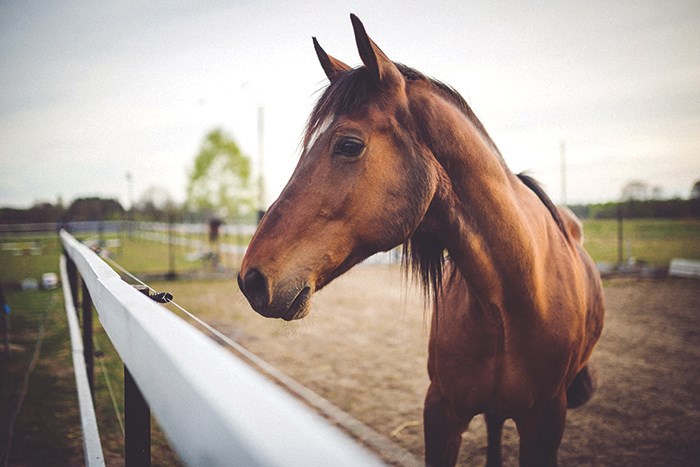This past Remembrance Day, a large crowd gathered around the cenotaph at Stan Clarke Park downtown to remember the veterans who fought selflessly for our country. Millions of animals also helped Canada and the Allies during the First and Second World Wars, as well as other wars since.
In the First World War alone, around eight million mules and horses were killed and another 2.5 million were injured transporting soldiers, arms and supplies into battle, according to the Sea to Sky branch of the BC SPCA.
Dogs played important roles by rescuing soldiers and civilians, delivering messages, acting as watchdogs and detecting dangerous gases, explosives and land mines, with some even parachuting behind enemy lines.
“Along with horses and dogs, the list of types of animals employed in war is extensive, from birds and rodents sent into tunnels to detect poisonous gas to donkeys, reindeer and elephants used to carry heavy loads,” the SPCA’s website says.
Animals were also kept as pets for comfort and companionship to soldiers, and to boost the morale of the troops. Cats fell into this category, and also served by catching rats on ships and carrying messages around their necks onto the battlefield.
“Even animals as small as glowworms have been used in war, as they gave off soft light that allowed soldiers to see maps and messages in the dark, without tipping off the enemy,” according to the Veterans Affairs website.
To honour these animals, the Canadian Animals in War Dedication was unveiled in Ottawa in 2012. In London, the Animals in War Memorial opened in 2004, with the inscription “They had no choice.”
Individual animals have also been honoured. The Dickin Medal, also known as the animals’ Victoria Cross, was established in 1943.
A collie named Rob, for instance, was given a medal for serving with the Special Air Service and making more than 20 parachute descents during the North African Campaign. Another example is a pigeon named White Vision who delivered a message that led to the rescue of a ditched aircrew in 1943. She flew nine hours in bad visibility and heavy weather with strong headwinds.
“Throughout history, in war and in peacetime, animals and mankind have worked alongside each other. As beasts of burden, messengers, protectors, mascots, and friends, the war animals have demonstrated true valour and an enduring partnership with humans. The bond is unbreakable, their sacrifice great – we honour the animals of war,” the Animals in War Dedication Project says on its website.
For more on these animals, see the Animals in War Dedication Project at aiwdedication.ca.




